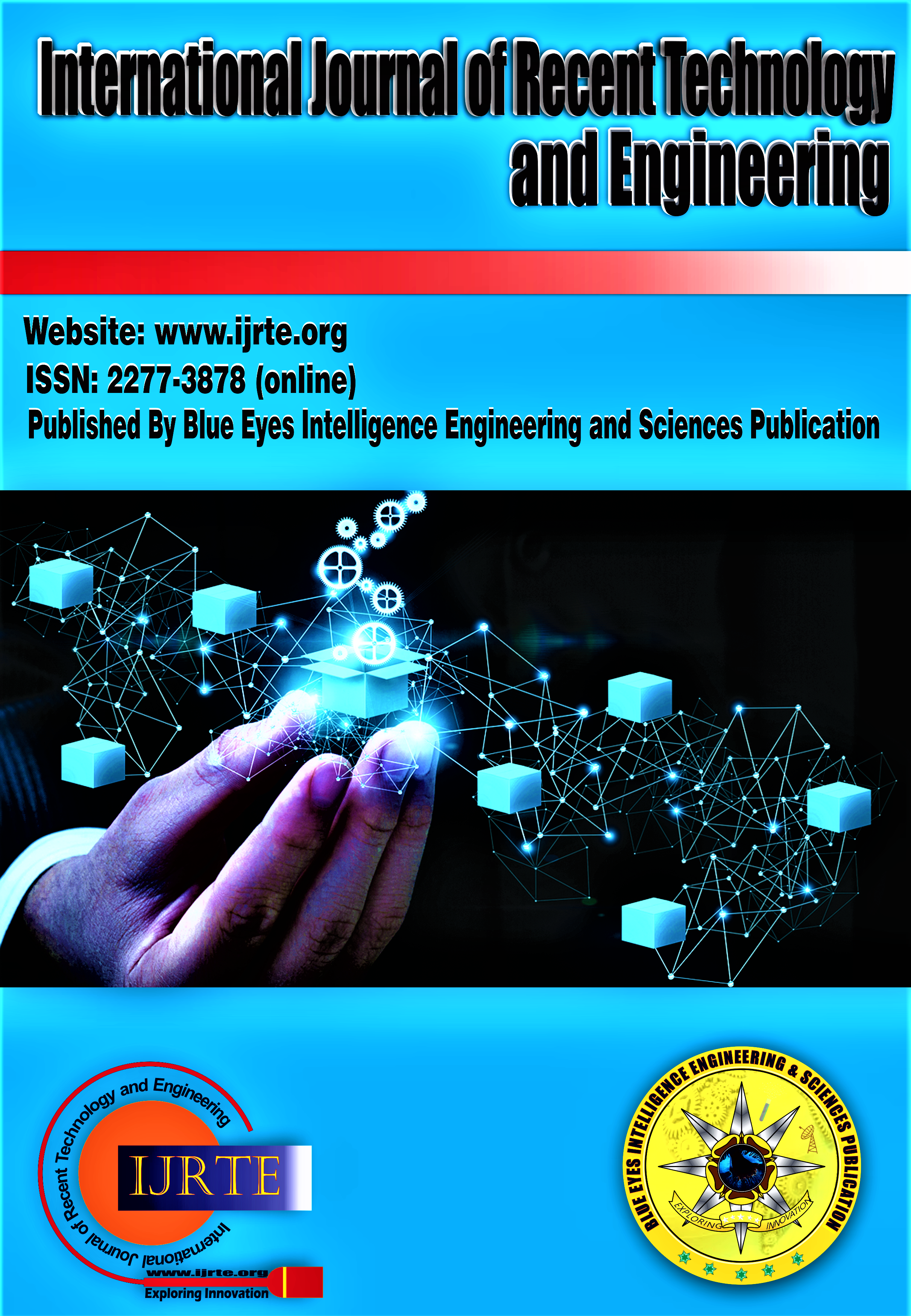Multiplier Design Based on Booth and Sequential Algorithm
Main Article Content
Abstract
Research on cellular networks and low-power electronic devices has ramped up in recent years, thanks to the proliferation of portable and mobile systems. There are many portable applications in the present day that require low power (smaller and more efficient batteries) and more milli ampere hours than before. As a result, designing low-power devices has grown in importance as a performance criterion. Multipliers arrangement (it is an organized set of adders) and delay make up the basic construction of a infinite impulse response filter. This paper deals with analytic procedure for performance evaluation to reduce time and RAM usage throughout the computation process. The Booth and Sequential multipliers have been used to simulate, and implement in this article. Using the Sequential and Booth Algorithms, respectively. Comparative study is carried out utilising Xilinx 14.7 with the virtex 5 family, devices for bit lengths 4, 8, 16, and 32.
Downloads
Article Details
Section

This work is licensed under a Creative Commons Attribution-NonCommercial-NoDerivatives 4.0 International License.
How to Cite
References
Debarshi Dutta and Himadri Sekhar Dutta, High performance IIR flter implementation on FPGA, Journal of Electrical Systems and Information Technology (2021)1-9. http://dx.doi.org/10.1186/s43067-020-00025-4
N. T. Gadawe, T. A. Fathi, S. L. Qaddoori and R. W. Hamad, Synthesis and Implementation of IIR Filter using VHDL Language, 1st International Conference on Engineering and Technology,2021. http://dx.doi.org/10.1088/1757-899X/1152/1/012026
K. Keshav Sai Chowdary, K. Mourya and S. Ravi Teja, Design of Efficient 16-bit Vedic Multiplier. International Conference on Signal Processing and Communication. (2021)214-218. https://doi.org/10.1109/ICSPC51351.2021.9451757
Aniket Kumar and R.P. Agarwal, Complex Multipliers: Implementation using Efficient Algorithms for Signal Processing Application, International Journal of Recent Technology and Engineering.(2019)1235-1239. http://dx.doi.org/10.35940/ijrte.C5147.118419
Msughter, A., Eric, Garba, S., & Rabiu, A. B. (2023). Framing Theory Perspective of Identity and Narratives of Conflict in Nigerian Media. In Indian Journal of Mass Communication and Journalism (Vol. 1, Issue 2, pp. 1–5). https://doi.org/10.54105/ijmcj.d1039.121221
G, T., & K, M. (2019). Quick Response Code as a Communication Medium. In International Journal of Innovative Technology and Exploring Engineering (Vol. 8, Issue 10, pp. 4190–4192). https://doi.org/10.35940/ijitee.j1056.0881019
Sharma, M. R., Vardhan, K. A., Kumar, K. S., Koteswarrao, B., & S., S. K. P. (2019). Human Face Identification based on Optimal Sparse Features. In International Journal of Engineering and Advanced Technology (Vol. 9, Issue 2, pp. 690–693). https://doi.org/10.35940/ijeat.b3098.129219
Ahmed, A. A., & Ismail, A. (2023). To What Extent Business Excellence Dimensions Affect the Resilience and Performance of Qatari Enterprise: A Conceptual Report. In Indian Journal of Management and Language (Vol. 3, Issue 1, pp. 5–11). https://doi.org/10.54105/ijml.a2054.043123
NR, D., Bhagappa, & GK, S. (2021). The Smart Sailing Robot for Navigational Investigation is Used to Explore all the Details on the Zone of the Water Pura. In Indian Journal of Signal Processing (Vol. 1, Issue 4, pp. 1–5). https://doi.org/10.54105/ijsp.b1006.101321





